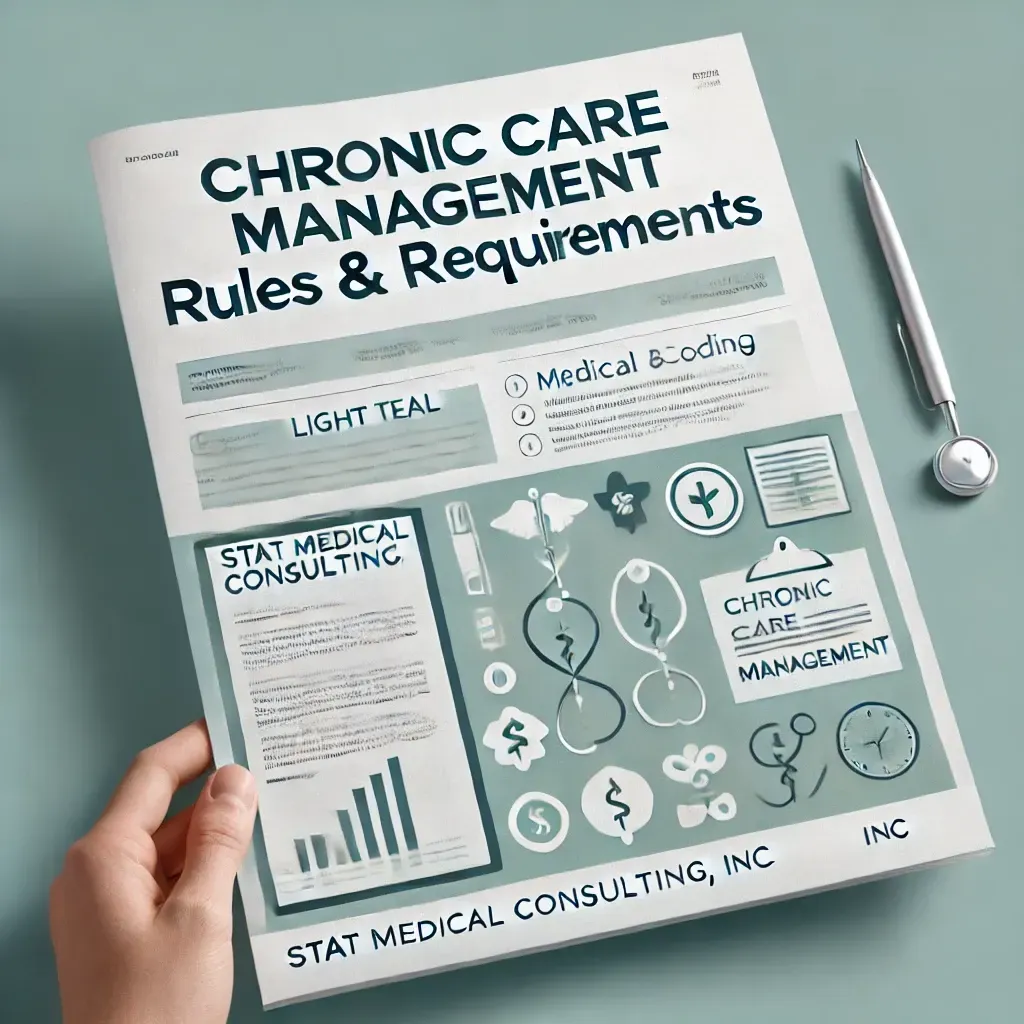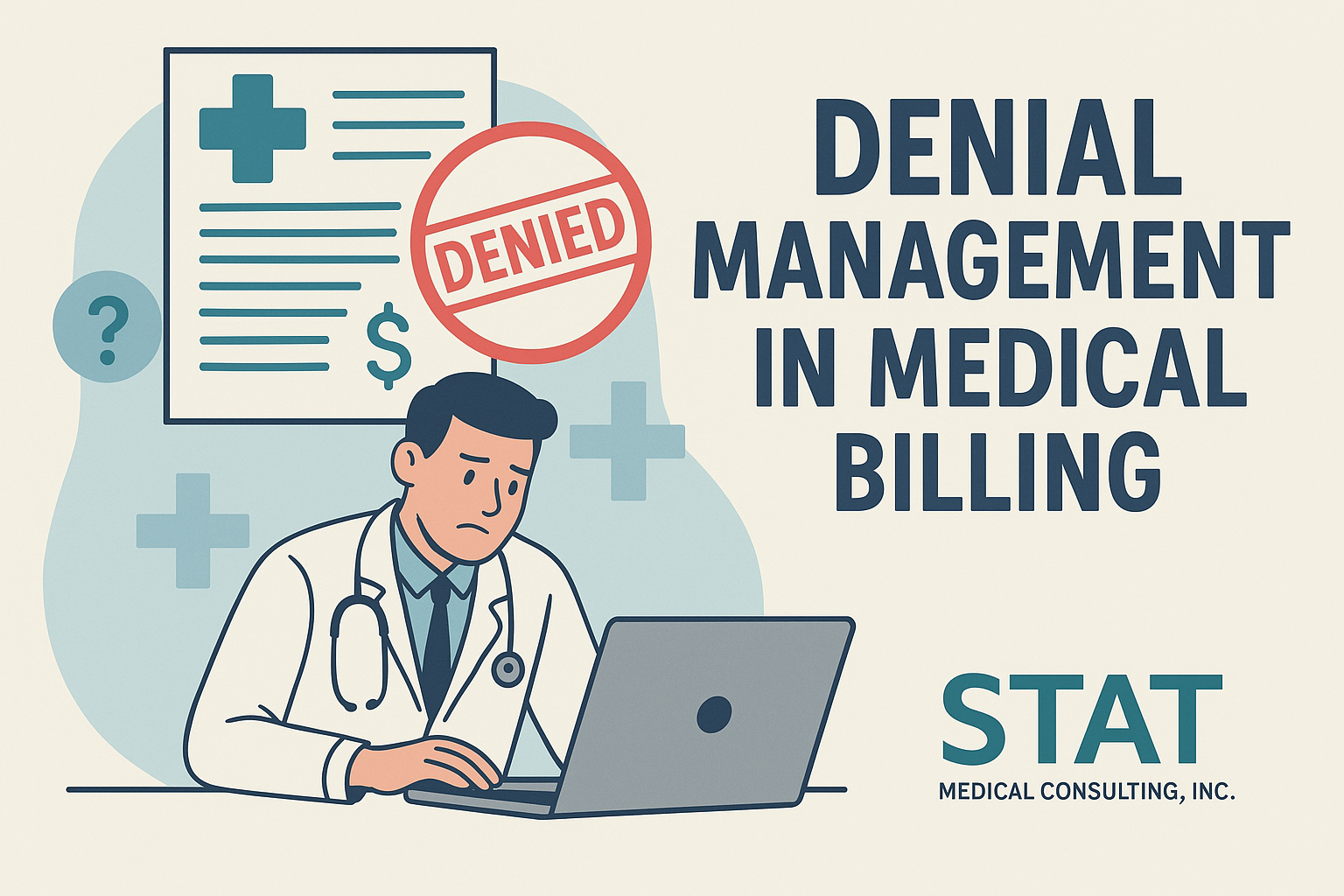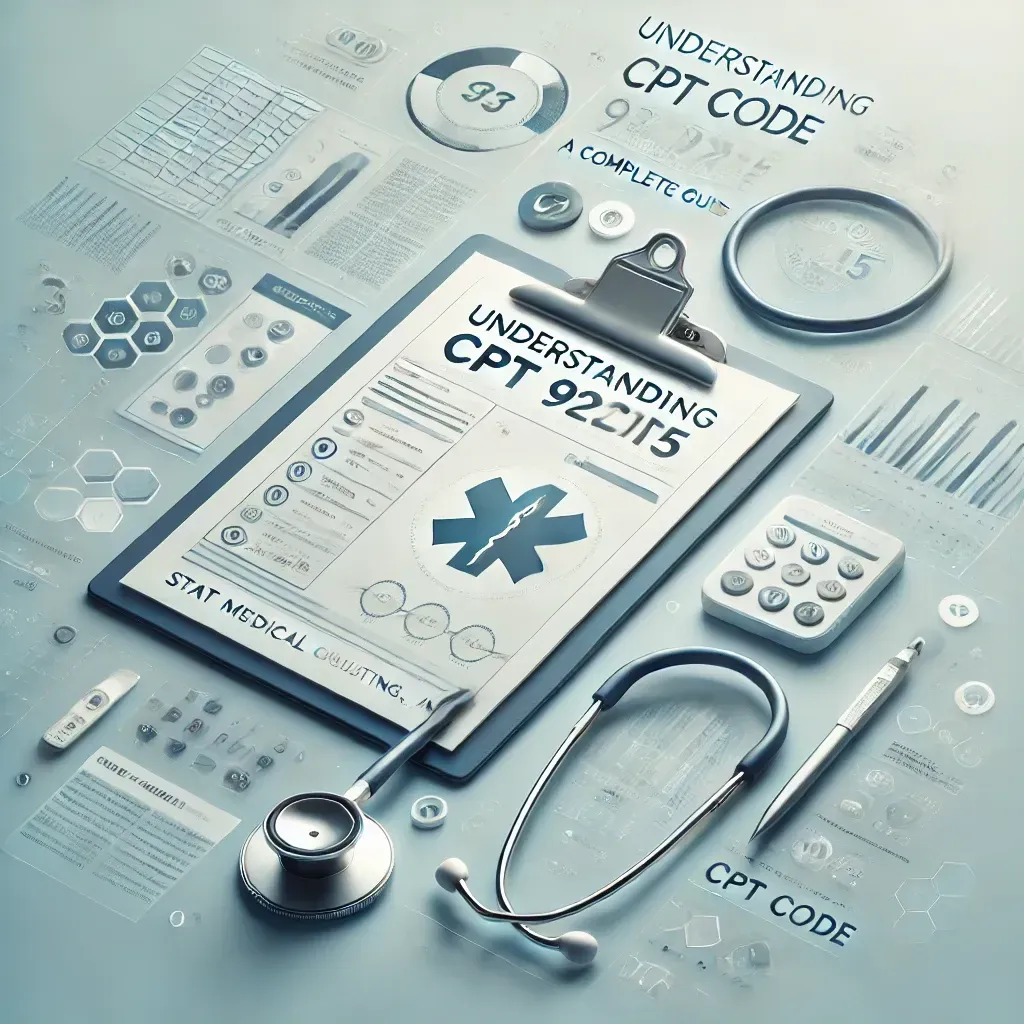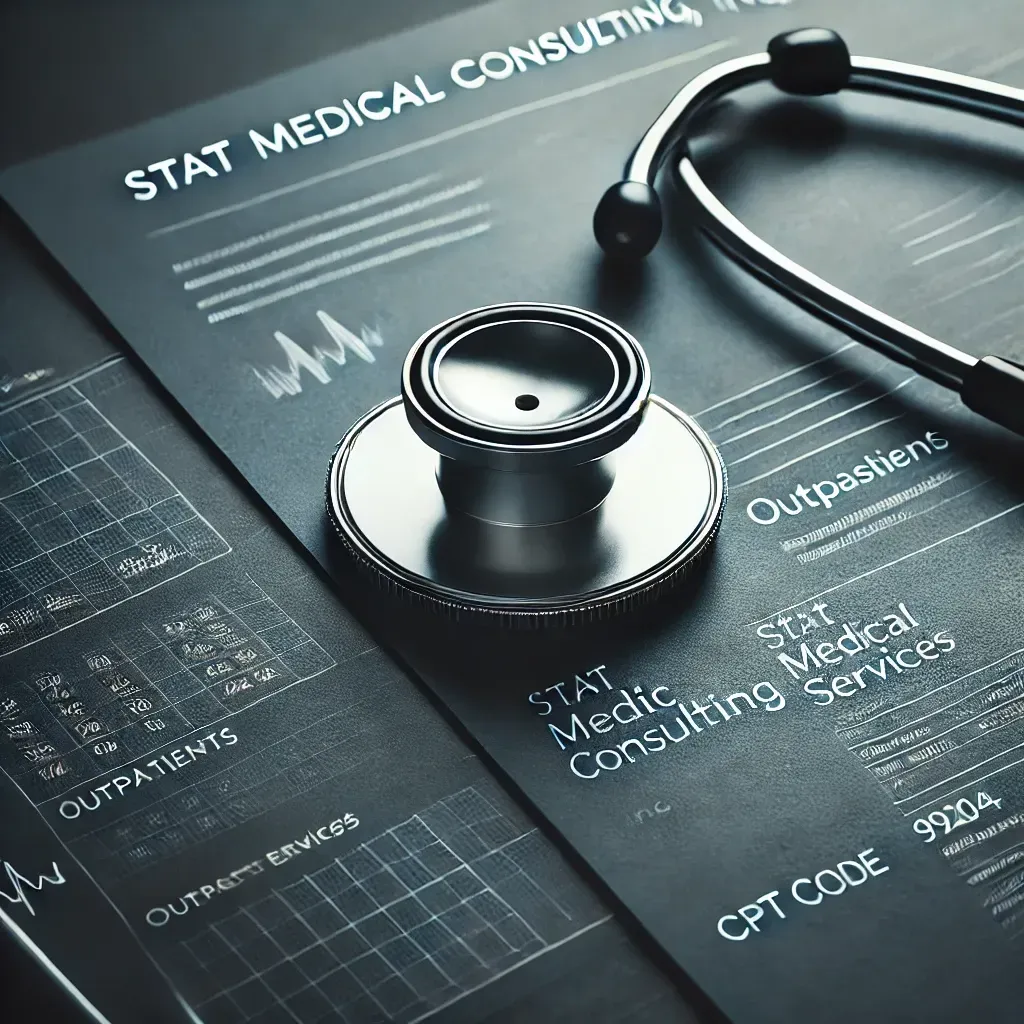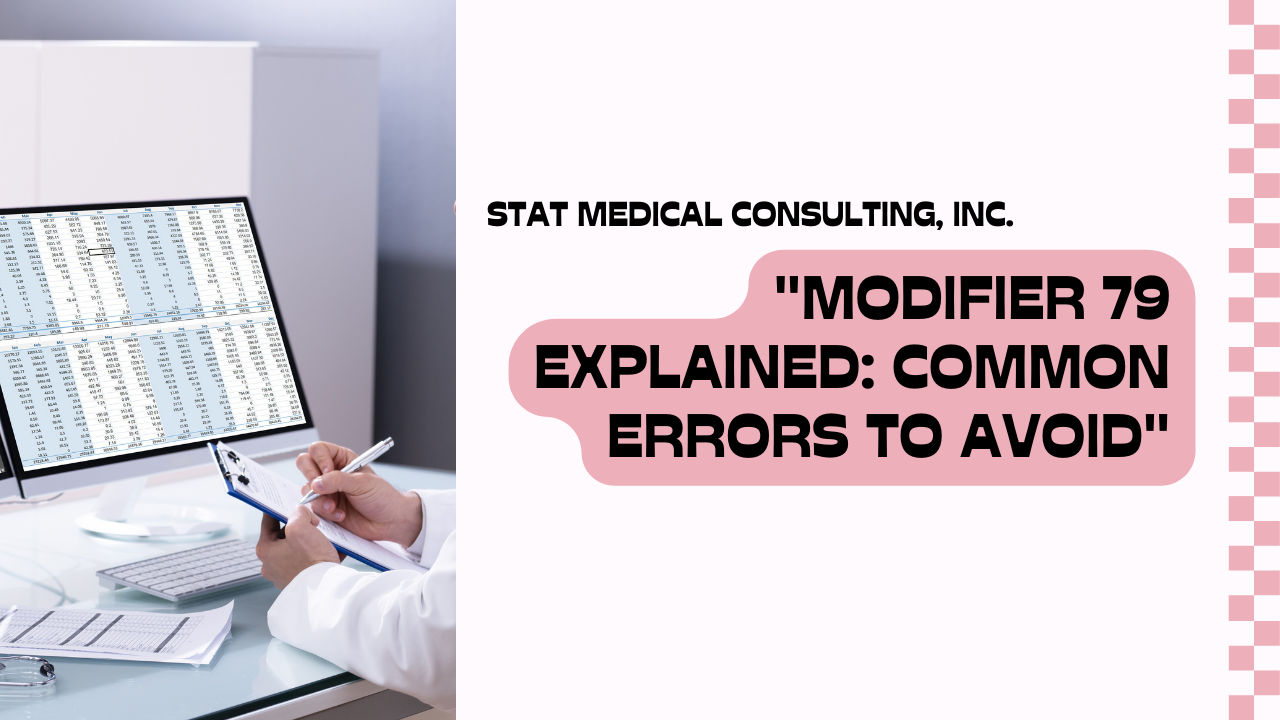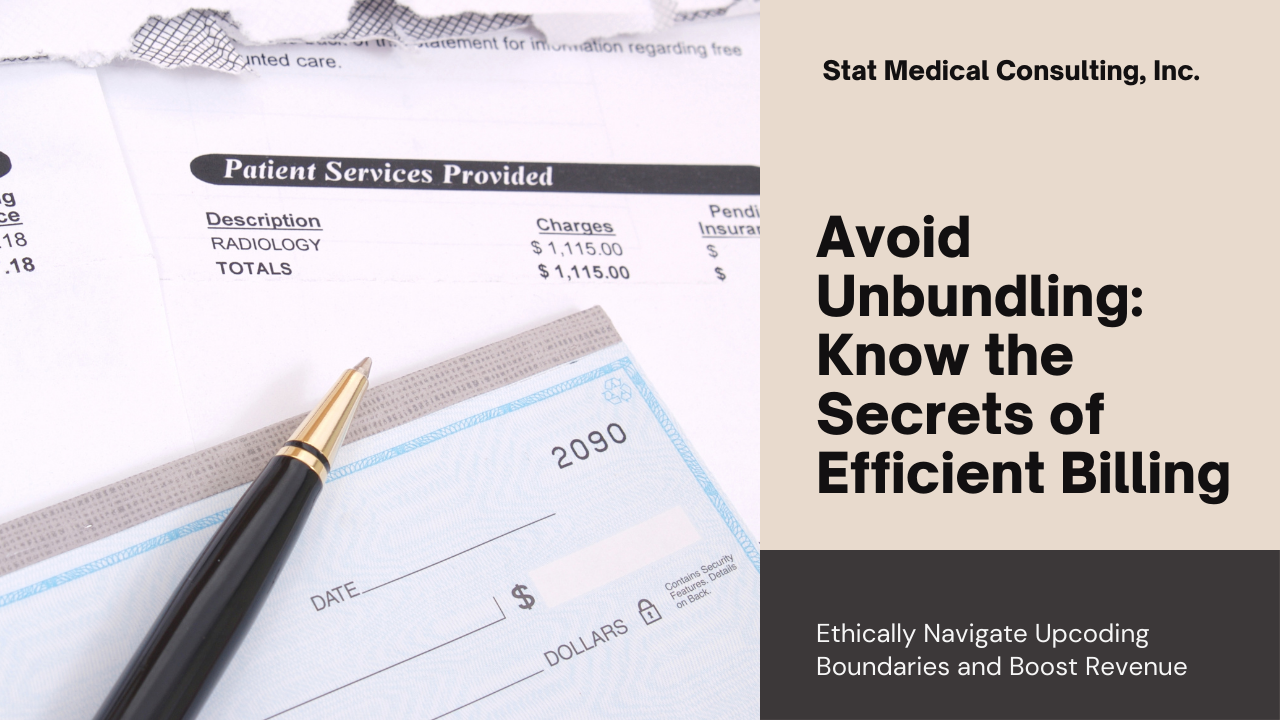Mastering Wound Care Billing
Key Insights for Maximizing Reimbursement in Wound Care Billing
Wound care plays a vital role in healthcare, encompassing the treatment and management of various wounds, including cuts, burns, and pressure ulcers. For healthcare providers, a thorough understanding of billing and coding guidelines is essential to ensure accurate and timely reimbursement. Properly navigating these guidelines not only ensures compliance but also maximizes potential reimbursements.
In this comprehensive guide, we will explore key billing and coding practices for wound care. We'll provide valuable insights to help you secure higher reimbursements and streamline your billing processes. Whether you're new to the field or looking to refine your skills, this guide offers practical advice to enhance your understanding of wound care billing. So, keep reading to learn more and elevate your billing practices.
What Are the Different Types of Wounds?
Before diving into the essential elements of wound care billing and coding, it's important to first understand the different types of wounds that are categorized for billing purposes. According to the Centers for Medicare and Medicaid Services (CMS), wound care billing encompasses four primary types of wounds:
- Acute Wounds
- Chronic Wounds
- Open Wounds
- Closed Wounds
Each category has distinct characteristics and requires specific billing codes to accurately capture the services provided. Understanding these types is crucial for ensuring precise documentation and optimal reimbursement. Properly identifying the wound type helps in selecting the correct billing codes, which ultimately affects the accuracy of claims and the efficiency of the reimbursement process.
What Are the CMS Billing Guidelines for Wound Care?
Wound care procedures are essential for promoting faster healing and preventing infections. When billing for these services, it is crucial to adhere to CMS guidelines to ensure proper reimbursement.
Purpose of Active Wound Care Procedures
Active wound care procedures aim to promote healing by removing devitalized or necrotic tissue, a process known as debridement. This step is necessary to thoroughly clean the wound before applying a dressing. During debridement, healthcare providers remove foreign objects and unhealthy tissue, ensuring that only healthy tissue remains. This procedure not only facilitates faster healing but also reduces the risk of complications such as infections.
Additionally, it is important to note that thorough documentation of the wound care procedure, including the extent and method of debridement, is critical for accurate billing and compliance with CMS guidelines. This documentation supports the medical necessity of the treatment provided and helps secure appropriate reimbursement.
What Are the Commonly Used CPT Codes for Wound Care Services?
When documenting wound care services, specific CPT codes must be used to ensure accurate billing and reimbursement. Here's a breakdown of commonly used CPT codes and the criteria for their application:
- CPT 97597: This code applies to the debridement of an open wound, including the removal of damaged tissue, wound assessment, and the use of a whirlpool. It covers the first 20 square centimeters or less.
- CPT 97598: Used for each additional 20 square centimeters of debridement beyond the initial 20 square centimeters covered by CPT 97597.
- CPT 97602: This code involves the application of dressings to open wounds with topical medications, including wet-to-dry dressings and enzymatic debridement. It also covers the management of negative pressure wound therapy pumps during the session.
- CPT 97605: This code covers the debridement of skin or subcutaneous tissue using mechanical methods, such as curettage or dermabrasion, per session.
- CPT 97606: This code is used for the instillation of medications into open wounds via a peripherally inserted central catheter (PICC) or a central venous catheter (CVC), per session.
- 11000-11012 Series: These codes address the debridement of different types of skin and subcutaneous tissues, varying by the wound's depth and size.
- 11042-11047 Series: These codes pertain to sharp debridement, which involves removing deeper tissues and is generally more intensive.
Debridement Billing Requirements
To bill using CPT codes 97597 and 97598, there must be evidence of necrotic or non-viable tissue that requires removal. Simply managing fluids or secretions does not qualify as debridement under these codes.
Exclusions for Other Treatments
Certain wound-related treatments, such as the removal of debris, care for corns, drainage of abscesses, nail care, treatment of acne, wart removal, or burn care, should not be billed under these debridement codes. Appropriate, specific codes should be used for these services.
Hydrotherapy Billing Criteria
When billing for hydrotherapy (whirlpool) in conjunction with CPT codes 97597 or 97598, it's essential to provide a rationale for its use in removing necrotic tissue. Documentation should demonstrate that a physical therapist's involvement was necessary. It is important to note that whirlpool treatments (CPT code 97022) cannot be billed separately if they are part of the same treatment session as the wound care provided under CPT codes 97597-97598.
Anesthesia Costs
The use of local anesthesia during debridement is included in the payment for the procedure and should not be billed as a separate charge.
Home Health and Part B Coverage
Home health agencies or Medicare Part B may cover these procedures under "sometimes" therapy codes, depending on the healthcare provider delivering the service.
Understanding these billing guidelines and applying the correct codes is critical for accurate reimbursement and compliance with CMS regulations. Proper documentation and adherence to coding protocols ensure that providers receive appropriate compensation for the wound care services rendered.
What Are the Coding Guidelines for Wound Debridement?
When coding for wound debridement, it is essential to accurately represent the type of procedure performed. The CPT codes from the range 11042-11047 should be selected based on the depth of tissue removed and the surface area involved.
Depth and Surface Area Considerations
- For a Single Wound: When debridement is performed on a single wound, the coding should indicate the deepest level of tissue excised during the procedure.
- For Multiple Wounds: In cases where multiple wounds are treated, combine the surface areas of wounds that involve the same depth level. However, do not aggregate areas from wounds with different depths, as this could result in incorrect coding.
What Modifiers Are Commonly Used in Wound Care Billing?
In wound care billing, modifiers are essential for conveying additional details about the services provided. They clarify specific circumstances or nuances in treatment, ensuring accurate coding and reimbursement. Here are some commonly used modifiers:
Modifiers for Dressings (A1-A9)
These modifiers indicate the number of wounds a dressing is applied to. For example:
- A1: Primary dressing on one wound
- A5: Secondary dressing on five wounds
Modifiers for Additional Procedures (59)
The 59 modifier is used to denote a distinct procedural service performed in conjunction with the primary procedure. For instance, it might be applied when separate debridement procedures are conducted on multiple wounds during the same visit.
Modifiers for Therapy Services (GN, GO, GP)
These modifiers specify the type of therapy service rendered by a therapist:
- GN: Services provided under an outpatient speech-language pathology plan of care
- GO: Services provided under an outpatient occupational therapy plan of care
- GP: Services provided under an outpatient physical therapy plan of care
Modifiers for Wound Location (LT, RT, X)
These modifiers are used to specify the location or laterality of the wound being treated:
- LT: Left side (e.g., left leg, left arm)
- RT: Right side (e.g., right arm, right leg)
- X: Used for denoting procedures involving both sides or bilateral services
Conclusion
Wound care involves complex coding and billing processes, requiring detailed understanding and precise documentation to ensure accurate reimbursement. Navigating these complexities can be challenging for healthcare providers, but it is essential for maintaining a healthy revenue cycle and compliance with regulations. This blog has explored various aspects of wound care billing, including the use of specific CPT codes, modifiers, and guidelines for accurate coding.
At Stat Medical, we have been assisting healthcare providers for over 30 years, helping them enhance revenue and reduce costs. Our expertise extends to federal dispute resolution and support with the Independent Dispute Resolution (IDR) process. If your practice is facing repeated denials, we offer a free billing analysis to identify and resolve issues. Additionally, our coding assistance services are designed to help you maximize the efficiency and profitability of your practice. Let Stat Medical be your partner in achieving the best outcomes for your healthcare services.
